The Bhagavad Gita, often referred to simply as the Gita, is a 700-verse Hindu scripture that is part of the Indian epic Mahabharata. It is a dialogue between Prince Arjuna and Lord Krishna, who serves as his charioteer. This sacred text is not merely a religious scripture; it is a philosophical treatise that addresses the moral and ethical dilemmas faced by individuals.
The Gita is revered for its profound insights into the nature of life, duty, and spirituality, making it a timeless guide for seekers of truth across various cultures and epochs. The setting of the Gita is the battlefield of Kurukshetra, where two factions of a royal family are poised to engage in a great war. As Arjuna prepares to fight against his own relatives, teachers, and friends, he is overcome with doubt and moral confusion.
This moment of crisis serves as the catalyst for the teachings imparted by Krishna, who elucidates concepts such as dharma (duty/righteousness), karma (action), and yoga (the path to realization). The Gita’s teachings transcend the immediate context of war, offering insights into the human condition that resonate with anyone grappling with ethical choices and existential questions.
Key Takeaways
- The Bhagavad Gita is a sacred Hindu scripture that is part of the Indian epic, the Mahabharata, and is considered a spiritual and philosophical guide.
- Understanding the historical and cultural context of the Bhagavad Gita is essential for grasping its teachings and philosophies, as it was delivered on the battlefield of Kurukshetra by Lord Krishna to the warrior Arjuna.
- The key teachings and philosophies of the Bhagavad Gita include the concepts of duty (dharma), righteousness, selflessness, and the path to spiritual liberation (moksha).
- The Bhagavad Gita is rich in symbolism and allegories, with characters and events representing deeper spiritual and philosophical truths.
- The wisdom of the Bhagavad Gita can be applied to modern life through its teachings on ethical decision-making, self-discipline, and the pursuit of inner peace and harmony.
Understanding the Historical and Cultural Context
To fully appreciate the Bhagavad Gita, one must consider the historical and cultural milieu in which it was composed. The Mahabharata, which encompasses the Gita, is believed to have been written between 400 BCE and 400 CE, although its oral traditions likely predate this period. The text reflects the complexities of ancient Indian society, where concepts of duty, righteousness, and social order were paramount.
The cultural context of the Gita is also significant. It was a time when Hinduism was evolving, incorporating diverse beliefs and practices.
The Gita synthesizes various philosophical traditions, including Vedanta, Samkhya, and Yoga, creating a comprehensive framework for understanding life’s purpose. The dialogue between Arjuna and Krishna can be seen as a microcosm of the broader philosophical debates occurring in society at that time. The text not only addresses personal dilemmas but also reflects the collective consciousness of a civilization striving to reconcile spiritual ideals with practical realities.
Exploring the Key Teachings and Philosophies

The Bhagavad Gita is rich with teachings that delve into various aspects of life and spirituality. One of its central tenets is the concept of dharma, which refers to one’s duty or righteousness. Krishna emphasizes that each individual has a unique role to play in society, and fulfilling one’s dharma is essential for maintaining cosmic order.
This idea resonates deeply in contemporary discussions about personal responsibility and ethical conduct. The Gita teaches that one must act according to their nature and societal role while remaining detached from the fruits of their actions. Another significant teaching is the principle of karma, which underscores the importance of action in shaping one’s destiny.
The Gita posits that every action has consequences, and individuals must navigate their choices with awareness. Krishna advises Arjuna to engage in selfless action—performing one’s duties without attachment to outcomes. This philosophy encourages individuals to focus on their efforts rather than being consumed by results, fostering a sense of inner peace amidst life’s uncertainties.
The interplay between dharma and karma forms a foundational aspect of the Gita’s teachings, guiding individuals toward ethical living.
Uncovering the Symbolism and Allegories
The Bhagavad Gita is replete with symbolism and allegorical elements that enrich its narrative. The battlefield of Kurukshetra itself serves as a powerful metaphor for the internal struggles faced by individuals. It represents the conflict between one’s higher self and lower instincts, illustrating the universal human experience of grappling with moral dilemmas.
Arjuna’s hesitation to fight symbolizes the struggle between duty and personal emotions, reflecting the complexities inherent in making ethical choices. Krishna’s role as Arjuna’s charioteer is also laden with symbolism. He embodies divine wisdom and guidance, representing the inner voice that directs individuals toward their higher purpose.
The dialogue between Krishna and Arjuna can be interpreted as an allegory for the relationship between the individual soul (Atman) and the Supreme Being (Brahman). This dynamic illustrates the journey toward self-realization and enlightenment, emphasizing that true knowledge arises from surrendering to divine guidance while navigating life’s challenges.
Applying the Gita’s Wisdom to Modern Life
The teachings of the Bhagavad Gita hold immense relevance in contemporary society, where individuals often face moral dilemmas and existential crises. In an age characterized by rapid change and uncertainty, the Gita offers timeless wisdom on how to navigate life’s complexities with grace and integrity. Its emphasis on selfless action encourages individuals to contribute positively to society while remaining grounded in their values.
Moreover, the Gita’s insights into detachment can be particularly beneficial in today’s materialistic world. By cultivating a mindset that prioritizes effort over outcomes, individuals can alleviate stress and anxiety associated with performance pressures. This approach fosters resilience and adaptability, enabling people to embrace challenges as opportunities for growth rather than sources of fear.
The Gita’s teachings inspire individuals to lead lives rooted in purpose, compassion, and ethical responsibility.
The Practice of Meditation and Yoga in the Gita

Integral to the Bhagavad Gita are practices such as meditation and yoga, which serve as pathways to self-realization and spiritual growth. Krishna introduces Arjuna to various forms of yoga—Karma Yoga (the yoga of action), Bhakti Yoga (the yoga of devotion), and Jnana Yoga (the yoga of knowledge)—each offering distinct approaches to achieving union with the divine. These practices emphasize discipline, mindfulness, and devotion as essential components of spiritual development.
Meditation is portrayed as a means to attain inner peace and clarity amidst external chaos. The Gita advocates for regular practice as a way to cultivate self-awareness and connect with one’s higher self. By quieting the mind through meditation, individuals can gain insight into their true nature and purpose.
This practice aligns with modern psychological principles that highlight mindfulness as a tool for enhancing mental well-being. The integration of yoga into daily life fosters physical health while nurturing spiritual growth, creating a holistic approach to living.
Translating the Gita’s Verses for Practical Application
The verses of the Bhagavad Gita are profound yet often require interpretation for practical application in daily life. Various translations and commentaries have emerged over centuries, each offering unique perspectives on its teachings. Scholars like Swami Vivekananda and Eknath Easwaran have made significant contributions by elucidating complex concepts in accessible language.
Their interpretations emphasize how ancient wisdom can be integrated into contemporary contexts. For instance, one key verse emphasizes performing one’s duty without attachment to results—a principle that can be applied in professional settings where outcomes are uncertain. By focusing on effort rather than fixation on success or failure, individuals can cultivate resilience and maintain motivation even in challenging circumstances.
Similarly, teachings on compassion and empathy can guide interpersonal relationships, encouraging individuals to approach conflicts with understanding rather than hostility.
Embracing the Bhagavad Gita’s Universal Message of Peace and Harmony
At its core, the Bhagavad Gita conveys a universal message of peace and harmony that transcends cultural boundaries. Its teachings advocate for understanding oneself and others while fostering compassion in interactions. The Gita emphasizes that true fulfillment arises from aligning one’s actions with higher principles rather than succumbing to ego-driven desires.
In an increasingly polarized world, the Gita’s call for unity amidst diversity resonates profoundly. It encourages individuals to recognize their interconnectedness while respecting differences in beliefs and practices. By embracing this message, societies can work toward fostering dialogue and cooperation rather than conflict.
The Gita serves as a reminder that peace begins within each individual; by cultivating inner harmony through self-awareness and ethical living, one contributes to a more peaceful world. The Bhagavad Gita remains an enduring source of inspiration for those seeking guidance on their spiritual journey. Its teachings continue to illuminate paths toward self-discovery, ethical living, and harmonious coexistence in an ever-evolving world.
If you are interested in exploring more about the wisdom of the Bhagavad Gita, you may want to check out the article “The Gita: A Universal Guide to Life Wisdom” available at this link. This article delves into the timeless teachings of the Gita and how they can serve as a universal guide for navigating life’s challenges. Additionally, you can visit the main website here for more resources and insights on the Bhagavad Gita. Another interesting read is “Life Lessons from the Gita: Ancient Wisdom for Today” which can be found at this link.
FAQs
What is the Bhagavad Gita?
The Bhagavad Gita is a 700-verse Hindu scripture that is part of the Indian epic Mahabharata. It is a sacred text of the Hindu religion and is considered one of the most important spiritual classics in the world.
What is the significance of the Bhagavad Gita?
The Bhagavad Gita is revered for its philosophical and spiritual teachings. It addresses the moral and ethical dilemmas faced by individuals and provides guidance on how to live a righteous life.
What are some of the key teachings of the Bhagavad Gita?
The Bhagavad Gita covers a wide range of topics, including duty, righteousness, devotion, and the nature of reality. It also discusses the concept of dharma (duty) and the paths to spiritual liberation.
Who is the author of the Bhagavad Gita?
The authorship of the Bhagavad Gita is traditionally ascribed to the sage Vyasa, who is also credited with composing the Mahabharata. However, the text itself presents the teachings as a dialogue between the prince Arjuna and the god Krishna.
What are some of the amazing secrets of the Bhagavad Gita?
The “amazing secrets” of the Bhagavad Gita are subjective and can vary depending on individual interpretations. Some readers find profound wisdom and spiritual insights in its verses, while others appreciate its practical guidance for living a fulfilling life.

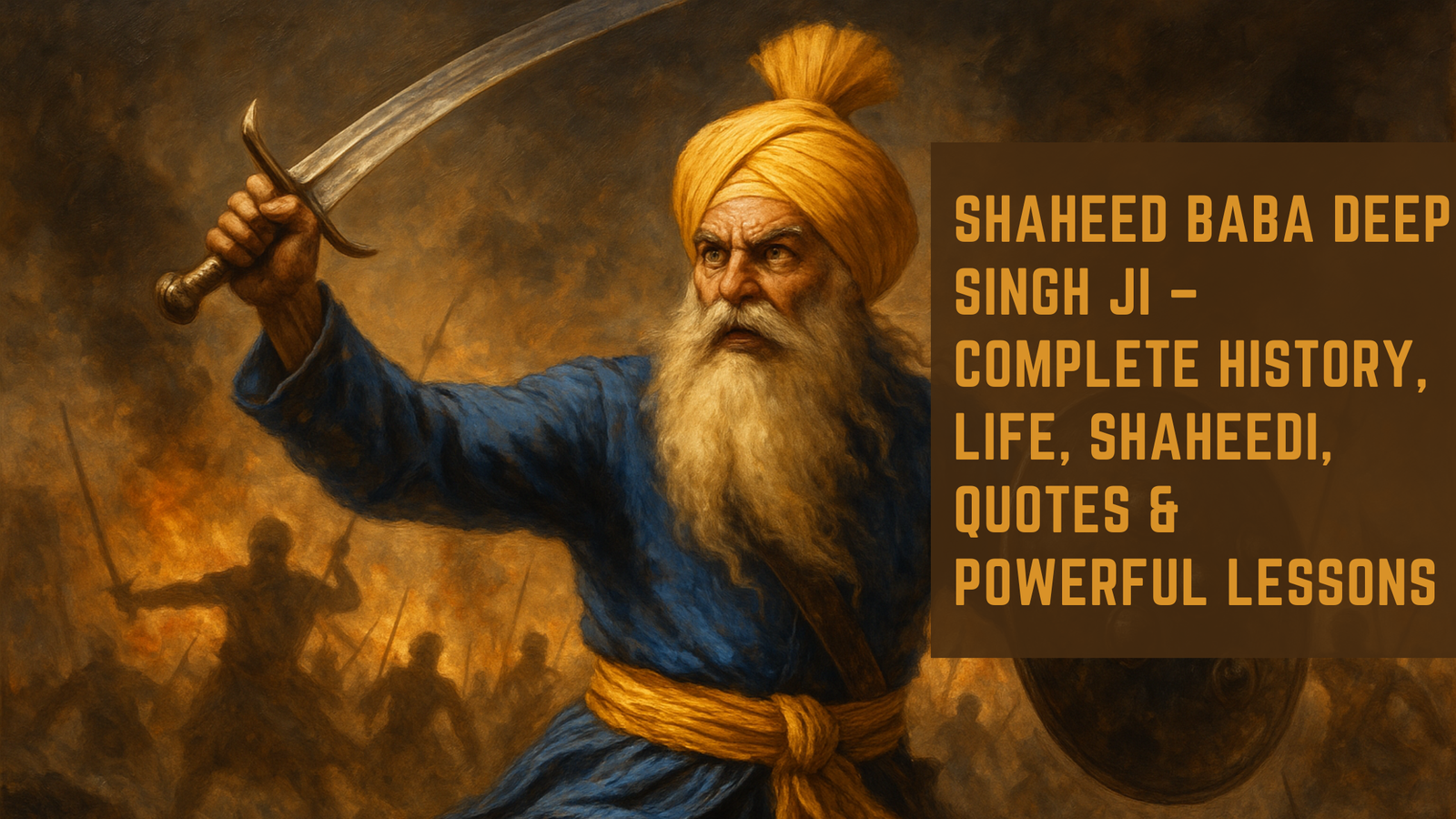
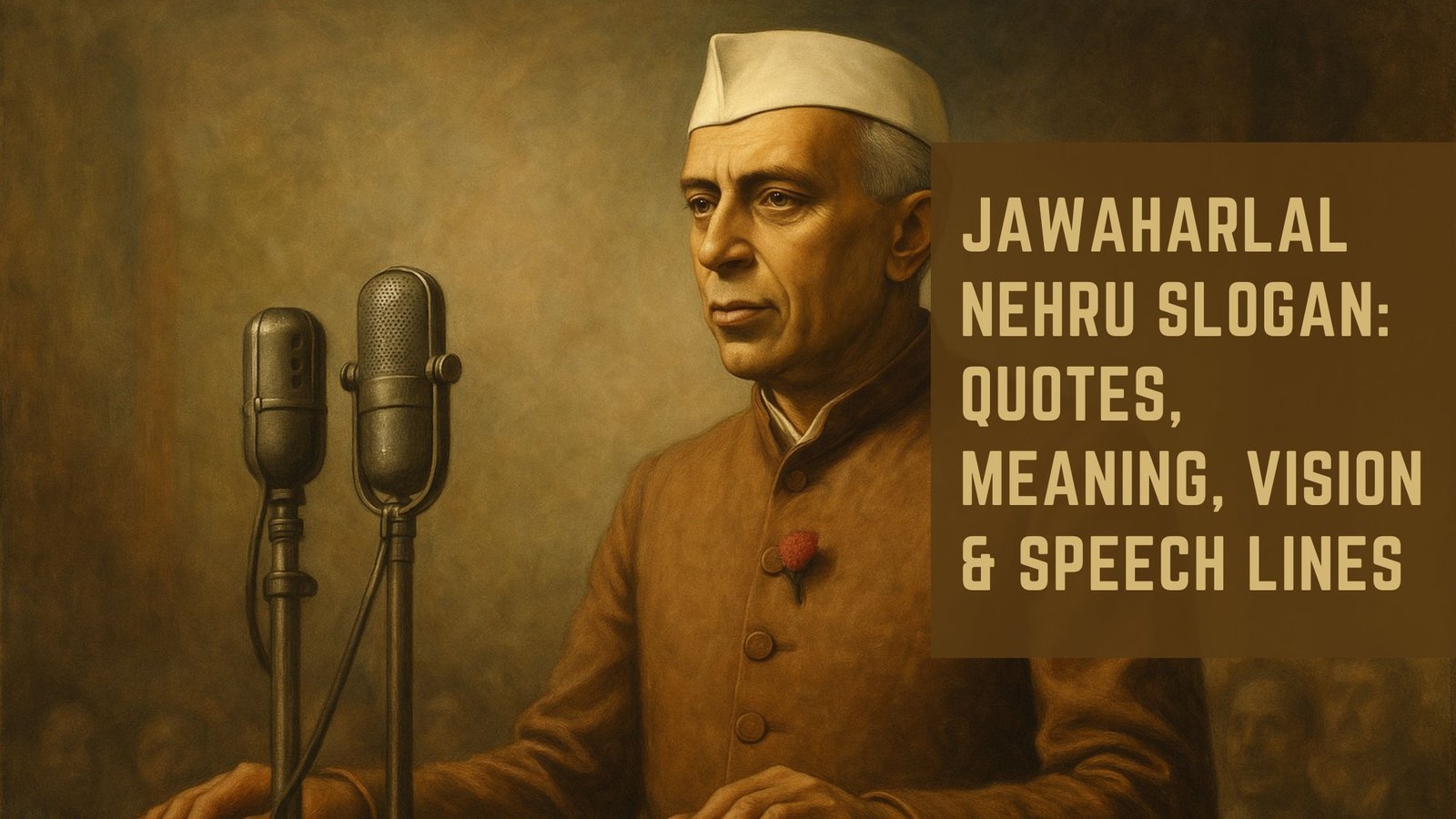


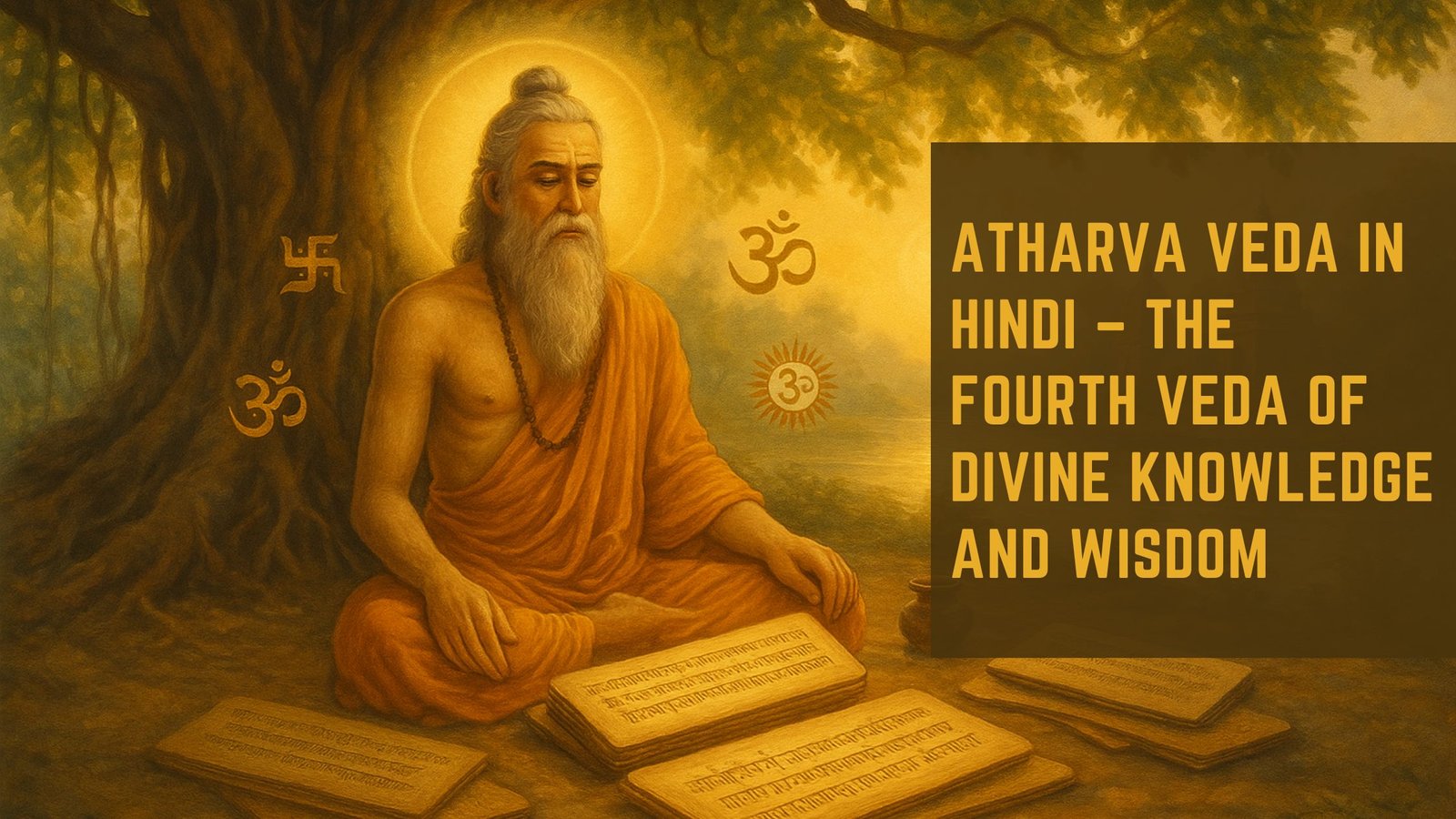

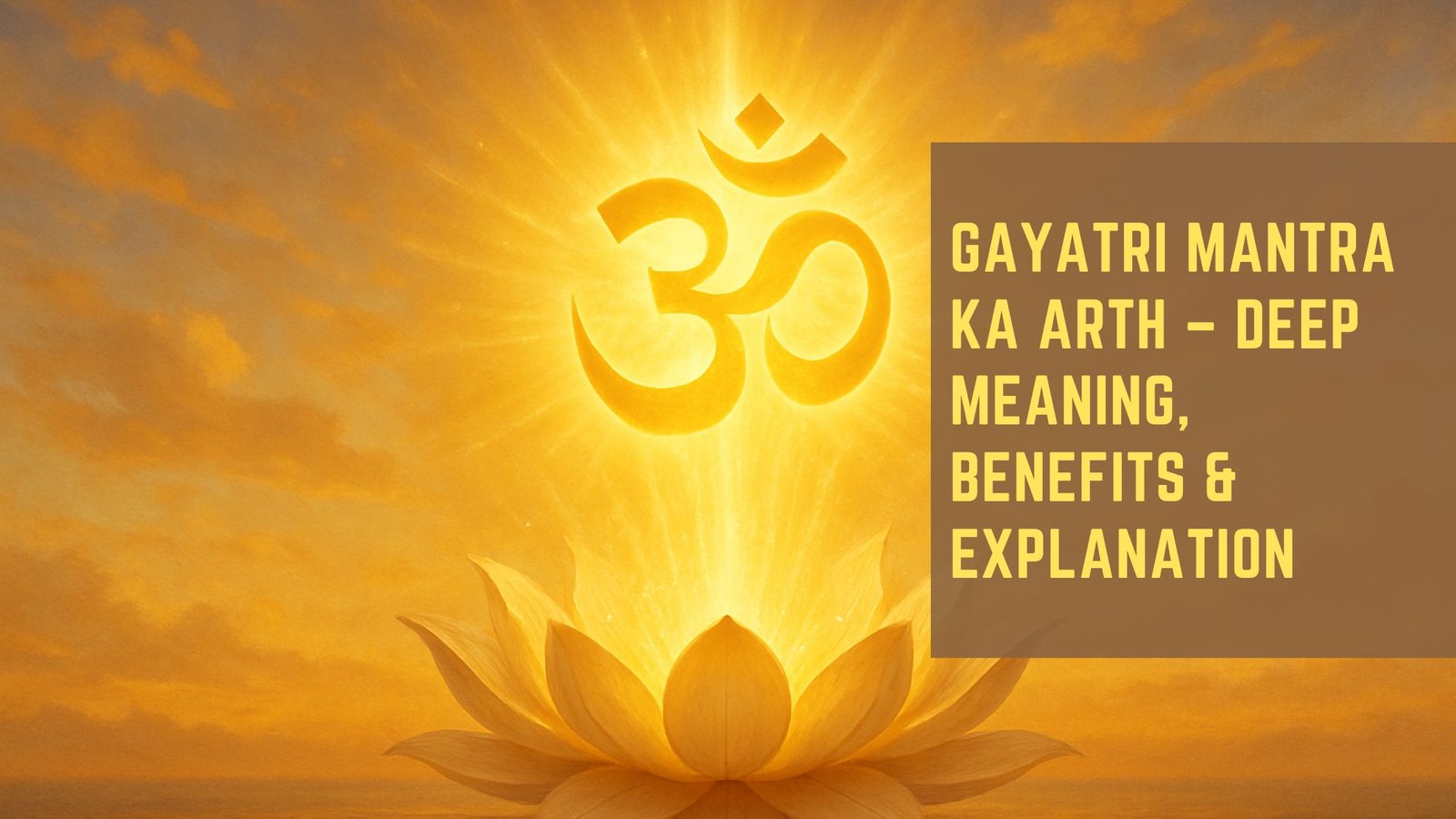
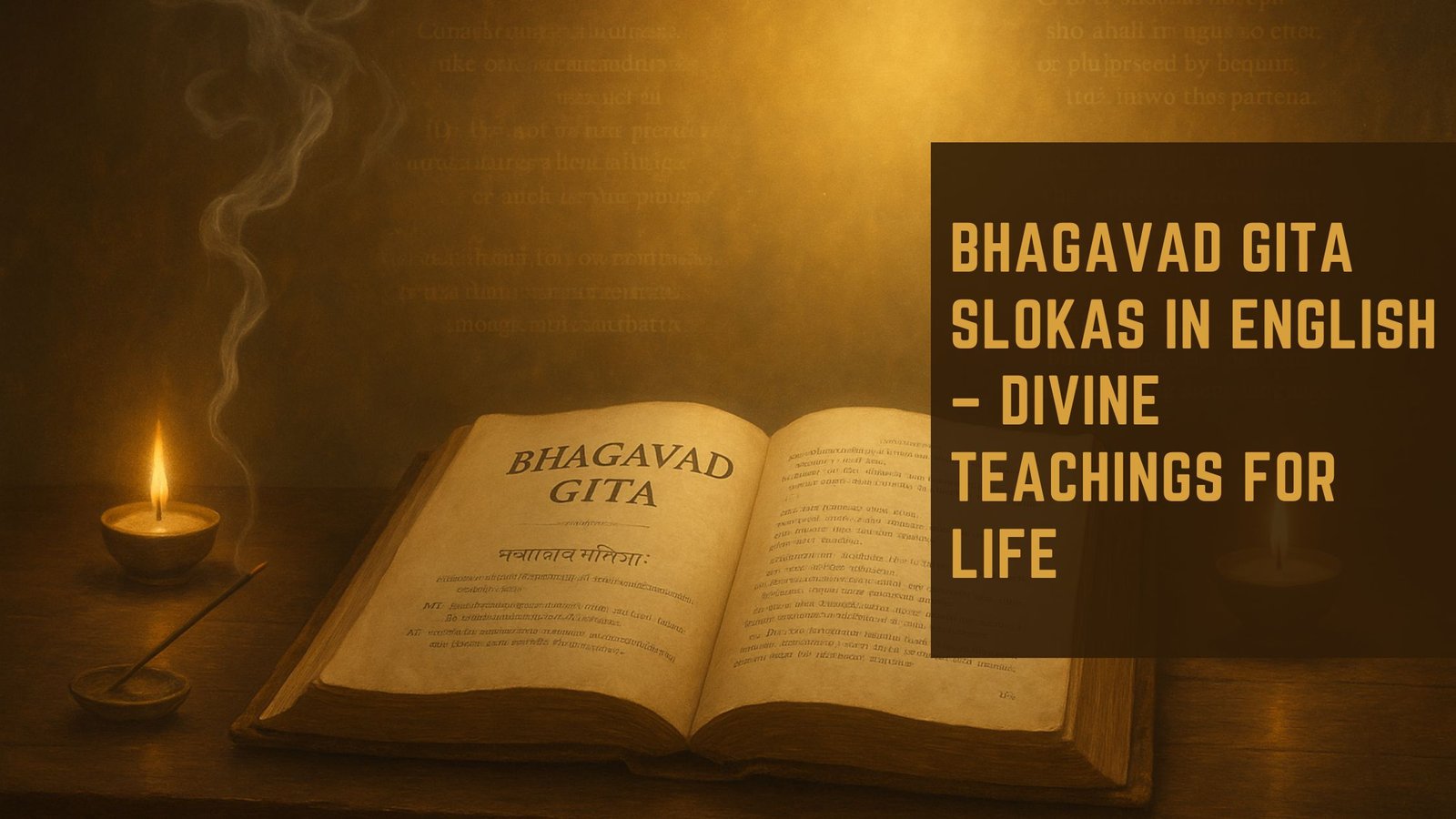


2 thoughts on “Unlocking the Bhagavad Gita’s Hidden Wisdom”